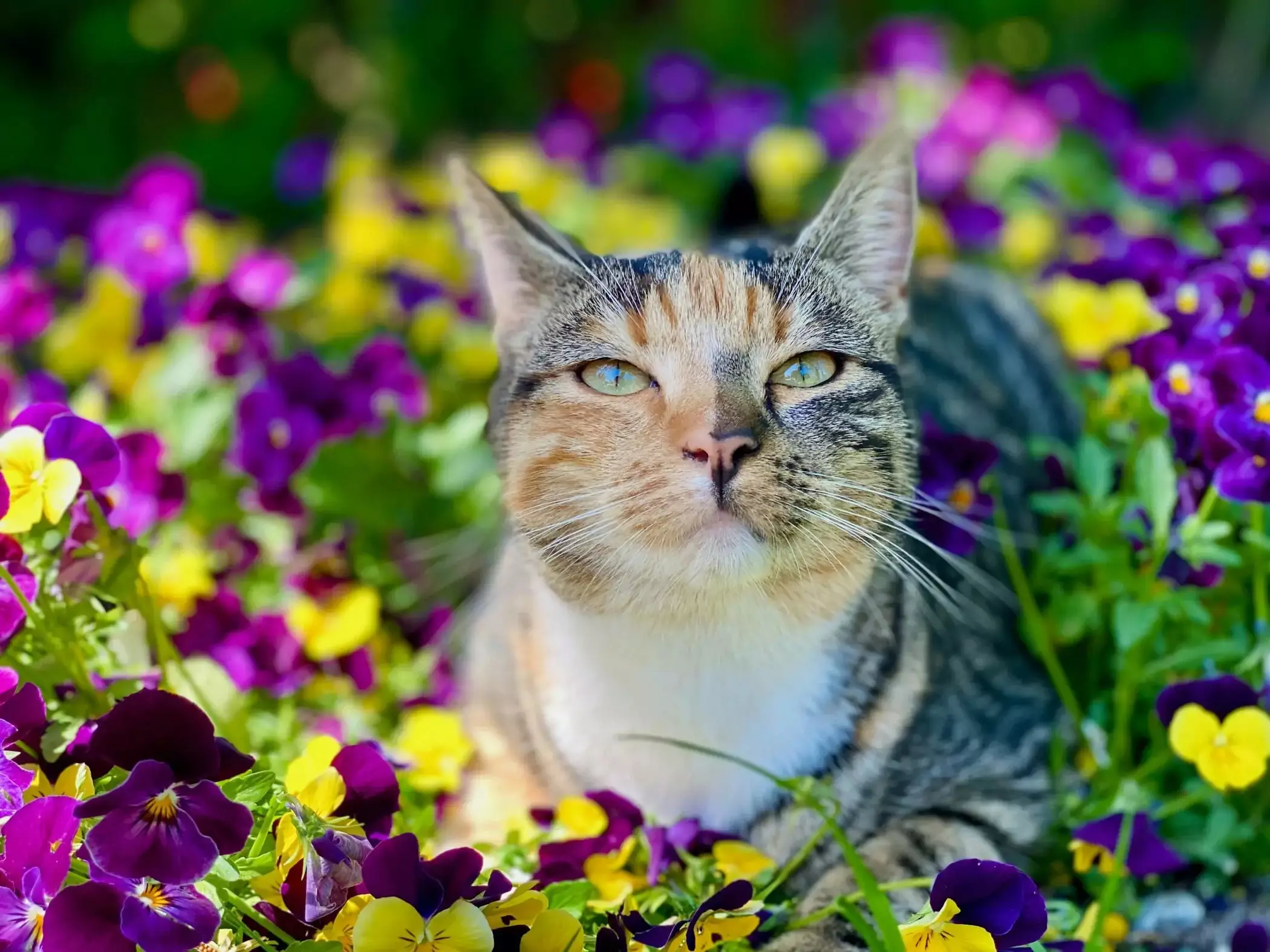Cats, those enigmatic little creatures, possess a natural affinity for the great outdoors. However, as responsible cat owners, we must consider their safety and well-being when they’re exploring the garden. The onset of National Gardening Week on May 1st serves as the perfect catalyst for us to rethink the outdoor environments we create for our beloved pets. Through mindful planning, we can establish an exciting yet safe haven that caters to their instincts while keeping potential dangers at bay.
Beware of Toxic Flora
The first step to a cat-friendly garden is ensuring that your plants are safe. Certain flowers such as lilies, which are notoriously toxic to cats, should be carefully avoided. Even the slightest interaction with these plants—like brushing past them—could transfer harmful pollen to their fur. This perilous pollen lingers; when cats groom themselves, they can ingest the toxins unknowingly. Likewise, Daffodils contain harmful compounds that can lead to serious health issues if consumed. Each plant has its story, and some can be heart-wrenching tales of neglect and toxic reactions that could easily be prevented with a little knowledge.
Championing Cat-Friendly Flora
In contrast, the world of feline-friendly plants is vibrant and full of life. For instance, Buddleias not only serve as a safe haven for your feline friend but also engage them with the delightful spectacle of butterflies and bees. Moreover, many cats find immense joy in catnip (Nepeta cataria). The euphoric effects of this herb give them both entertainment and stimulation, helping to fulfill their instinctual needs. When selecting plants, it’s crucial to think beyond their aesthetic appeal; envision a livelier garden, one that fosters a connection with nature for your furry companion.
Designing Cat-Specific Spaces
Integrating designated areas for personal needs like toileting can improve your garden’s usability while also being considerate to your surroundings. Establishing a “cat loo” within a small patch of dirt not only keeps your cat happy but can also ease the burden on neighbors burdened by stray messes. Maintenance is of utmost importance—regularly turning the soil ensures the space remains fresh and pleasant. Furthermore, the use of small pebbles around plant beds can redirect their preferences, saving your flower beds from unwanted potty visits.
Providing Shelter and Shade
Creating spaces where your cat can rest and relax is essential. Think about incorporating shrubs such as the evergreen Mexican orange blossom, which offers both shade and a safe refuge from the sun. Similarly, incorporating a garden table can present an elevated relaxation spot that your cat will cherish. Shade not only promotes comfort but also protects against the dangers of overheating.
Creating Scratching Opportunities and Ascents
Cats naturally crave areas to scratch and stretch. Integrating elements like thick tree trunks and sturdy logs can provide abundant scratching posts and an opportunity for exploration. Cats are also climbers by nature; hence, facilitating vertical climbs should be part of your design. Structures like shelves on walls or even access to your shed’s roof can make their outdoor experience more enriching. However, it’s necessary to consider their safety—ensure that any heights they ascend allow for a straightforward descent to prevent distress.
Inviting Hideaways
Cats find great joy in having places to hide and observe their surroundings. Utilize pots of flowers to create mobile hiding spots, allowing you flexibility in your layout while safeguarding delicate plants. Be observant; they will naturally gravitate toward their preferred routes, enabling you to position their hidey-holes strategically for maximum enjoyment.
Offering Fresh Water Options
Providing fresh water is crucial for hydration, especially in warm weather. A simple bowl may suffice, but most cats are instinctively drawn to natural sources of water. Installing water features, like a subtle pond or fountain, adds aesthetic value while attracting your feline’s curiosity. Always prioritize safety; ensure that any water reservoirs are well-secured to mitigate risks.
Guaranteeing a Secure Environment
While encouraging exploration, your utmost priority should be your cat’s safety. Cat-proof fencing can provide peace of mind, ensuring they remain within your garden’s protective boundaries. Regular updates to their microchip information are equally important for ensuring their swift return if they wander beyond comfort zones.
Protecting Local Wildlife
Lastly, consider not just your cat’s welfare but also that of local wildlife. Designing your garden with protective elements like secured bird feeders and avoiding ideal cat ambush spots will create a harmonious environment where both your pet and local fauna can coexist. The balance between an enjoyable space for your pet and safeguarding nature gives us a purposeful garden that thrives with life.
Through these thoughtful strategies, you can create an idyllic outdoor oasis for your feline overlord while ensuring their safety and the local ecosystem’s health. The beauty of a garden lies not just in its visuals but in its ability to foster connections—between pet, owner, and nature.
